Bali
- samanthaosys

- Oct 21, 2023
- 11 min read
Bali is a destination that finds its way onto almost everyone's travel wish list. Yet, it's also acknowledged for its environmental challenges and economic disparities. Our recent two-week holiday on this captivating island revealed a place of stark contrasts. While the plastic pollution issue and the treatment of animals left much to be desired, the allure of Bali shone brightly. The true magic lay in its people, who welcome you with open arms, and the deep-rooted traditions and vibrant cultures we had the privilege to discover.
During this journey, I made it a point to create personal postcards, each bearing a daily diary of our adventures. I will use this postcard diary to start a blog post, sharing the wonders of Bali and several other enchanting islands we enjoyed exploring.
Day 1
We flew in yesterday. The flights took around 24 hours, door to door, so today we've decided to have a chill day, walking around town and going to the beach. The food is excellent and spicy, and great coffee has been located. Our hotel is beautiful, although the standards here are much lower than we Europeans are used to, but that is part of the experience. We've also booked trips with TUI for the next three days, which is exciting. In the evening, we went to one of the more posh restaurants, where we had delicious local food and great cocktails. The roads here are treacherous due to the chaotic driving and lack of pavement, so we took a taxi home.
Day 2 - Snorkelling around Nusa Penida
Today, we went for our four-point snorkelling trip. Nusa Penida is an island about a 40-minute boat ride from Bali. We did two dives in the morning, seeing hundreds of beautiful colourful fish, gorgeous corals, and green sea turtles. Thanks to our new underwater camera, we have some excellent pictures. We then had a very traditional lunch on banana leaves, eaten with our right hands, as is the custom in Bali. Then, we had another two dives. The current was powerful, and the water was colder in some places than in the UK, but it was worth it.
Regrettably, the lead guide of our snorkelling tour engaged in disturbing actions, such as handling the turtles and forcibly removing them from where they slept for tourists to take photos. He actively encouraged us to touch and even attempt to capture fish with our bare hands. It was, frankly, quite disgusting.
We have already left a negative review about this unethical behaviour with TUI. If the local tour guides do not change how they interact with nature, the vibrant coral reef faces destruction like so many others. It's important to recognise that WE are the intruders in the marine habitat, and we must exhibit respect and awareness of our impact on marine wildlife and coral reefs. This incident reflects a dire lack of education; after all, isn't it only logical that these creatures should be observed from a respectful distance rather than tampered with and disturbed?
Day 3: Culture Trip
Today, we did a cultural trip to Bali. We had an excellent guide called Made (pronounced Madee), who talked us through the different activities and answered all our other questions about life in Bali and its cultural heritage. We saw a traditional Balinese dance and how they make batik, jewellery, and woodwork. We also had the opportunity to explore a Buddhist temple, donning sarongs as a sign of respect, and then ventured to the enchanting rice fields in Tegallalang. The weather was perfect, though lunch was a bit breezy, as we dined at a buffet restaurant overlooking Mount Batur, which we plan to climb tomorrow.
Made gave us a fascinating overview of the caste system and the enduring traditions the Balinese people uphold. These traditions preserved Hinduism in Bali, in contrast to the predominantly Muslim culture found on other Indonesian islands. Seeing the two different cultures and how religion shows itself on the other islands we visited was exciting.
Day 4: Climbing Mount Batur
Up at 00:30 to get ready for a night hike up the volcano to see the sunrise at 6:00 AM. The walk was much more complicated than I imagined, and the dust hurt our throats when breathing. Again, as with most things in Bali, the experience was very different from what we would usually be accustomed to here in Europe. The guides helping us climb up and down the volcano could have been more supportive but tended to hurry people along instead. The paths are not prepared for the number of people who want to experience this. Covered in debris, lava rocks, and dust, the hurrying of the guides contributed to many tumbles of people around us. We were adamant that we wanted to do it in our own time, so we let people pass us, but this ruined the experience. Another issue, of course, is the complete lack of education about rubbish and plastic. The whole mountain is littered with plastic bags and packaging.
The scenery was breathtaking, affording us a magnificent view of the volcanic craters. This active volcano has experienced several eruptions within the past century, with the most catastrophic in 1962. The remnants of hardened lava along one flank are a stark reminder of its power.
We returned to the hotel just in time for a late breakfast. The rest of the day was spent in the pool, drinking mojitos and eating local fruit like snake fruit and tamarillo.
Day 5: Beach Day
Today, we had a chill day at the local beach. We rented two sun lounges and tried to hide from the sun under the parasol, occasionally going for a dip in the ocean to cool off. We drank fresh coconut and beer. For lunch, we went to a restaurant on the beach with very good food.
Surprisingly, the beaches exceeded our expectations regarding cleanliness, considering the stories we've heard from others. Nevertheless, I still managed to pick up at least one bag full of litter and bottles each day.
Another pressing issue stems from a lack of awareness. Many people continue to offer items to the ocean, often containing sweets in wrappers and even dried fish wrapped in plastic. Typically left on the beach, these offerings are often torn open by local dogs, scattering the plastic wrappings into the ocean. I respect these offerings' cultural and traditional significance, and I don't believe they should be banned. However, there is a clear need for better education regarding the environmental impact of plastic, which has become a big issue.
In the evening, we ventured to the more upscale part of town for dinner, where we discovered a gem of a Japanese restaurant called Rayjin. We've dined there twice now, and the atmosphere is like in Tokyo, and the food is delicious (and cheap).
Day 6: Flight to Komodo

We enjoyed a leisurely breakfast in the early morning and began packing for our exciting 3-day journey to the Komodo Islands. With our flight scheduled for 3:00 PM, we had the opportunity for a quick dip in the pool to kick-start the day. We arranged for a taxi to the airport well in advance, ensuring we arrived with time to spare.
We discovered a few pleasant eateries and shops at the small domestic airport to keep us occupied. I even found a new book at WHSmiths! However, our hotel fell short of the expectations set by the photos. It seems I don't have a lot of luck with Booking.com. We went to a local restaurant for dinner, but despite the favourable reviews, we were a bit disappointed to receive three plates of fried batter that lacked any flavour.
Labuan Bajo, the area we're residing in, stands in contrast to Bali, with its tourist demographic. In Bali, it's common to encounter middle-aged or older visitors who prefer spending time on the beach, by the pool, or exploring the town and its shops. However, the Komodo Islands attract a younger crowd. Where we're situated, it's evident that the primary sources of income are the numerous restaurants and diving centres. In fact, there are more diving centres than restaurants lining the main road.
Day 7: Six-Point Komodo Trip
Today was undoubtedly the highlight of our journey thus far. Our day began at 5:30 AM, as we were dropped off at the port, where we boarded a boat destined for the first island of the day. Here, we went up 816 steps to see the view of the entire island. We saw one of the exclusive pink beaches, off-limits to humans, where turtles lay their eggs.
Afterwards, we visited another stunning pink beach, which surprised us with its remarkable colour. It was as pink as the photos depicted, removing any thoughts of Photoshop trickery.
Our adventure continued on central Komodo Island, home to over 1,700 wild dragons. We witnessed five of these magnificent creatures, which is difficult, especially considering the previous day's trips didn't spot any. Our guides informed us that we had achieved an extraordinary feat, as we encountered a male, a female, a young dragon, and the eldest dragon on the island.
Following this, we went on three snorkelling dives, seeing many new fish species, turtles, and the ultimate highlight - our first encounter with a manta ray. This majestic creature was on our must-see list for this trip, making it a great success. Today has been a day of remarkable checkmarks on our bucket list, an experience that left us utterly spellbound.
Day 8: Diving in Komodo National Park
We loved yesterday's diving so much that we decided to use our last day on Komodo to do more snorkelling. The previous night, we managed to secure a last-minute tour, no small feat since most tours predominantly cater to scuba divers, and registration on the government website typically closes 12 hours before departure.
We highly recommend the Flores Diving Centre, which is owned by Michael. He possesses extensive experience and a profound respect for nature. Under his guidance, we gained valuable insights about not disturbing marine life and reefs. For instance, touching a manta ray can have adverse effects, as the oils on our hands can disrupt their protective mucus barrier. Moreover, attempting to hold onto a manta ray may inadvertently remove this vital slimy layer, leaving the creature vulnerable to infections and bacteria.
At 7:00 AM, we boarded a boat and went for three more snorkelling dives.
Aside from turtles and fish, we saw white-tip and black-tip sharks, a lionfish, an eagle ray, and two types of feather starfish. The whitetip shark sighting was particularly special for me, given my deep fascination with these misunderstood creatures. The fact that we observed three of them swimming together, an uncommon occurrence as sharks are often solitary, left us in awe.
We were glad we used the day to do an extra day of water activities. Our journey back to the shore was marked by intense storms and heavy rain. Despite the rough conditions, we didn't experience any seasickness. Instead, we found the rhythmic swaying of the boat oddly calming, making as quite sleepy.
Day 9: Flight Back to Bali
This afternoon, we have our flight back to Bali. Our time in Labuan Bajo has been nothing short of fantastic. Over the past few days, we've explored the six-point and three-point snorkelling destinations, taking in the beauty of numerous islands and the rich marine life. The experience has certainly justified the journey.
Labuan Bajo presents a striking contrast to Bali, and we are grateful that we chose to visit and experience this unique destination. Our plan for today is to chill, check out, have lunch, and gradually make our way to the airport.
Day 10: Pool Day
Today, we plan to unwind by the pool. The past few days have been action-packed, and we've arranged for a two-night stay on Gili Meno, where we'll set sail tomorrow. A day of relaxation was just what we needed. The hotel is charming and peaceful, and so is the pool area. There's a swim-up bar where we order our mojitos and cosmic coladas. We plan to go to our favourite Japanese restaurant in town in the evening.
Day 11: Ferry to Gili Meno
We've stumbled upon our piece of paradise. Our journey today started at 7:00 AM with a taxi ride to the ferry, bound for Gili Meno. The tide was remarkably low, requiring us to transfer onto a smaller boat that took us the short distance to the port. Gili Meno's unique charm lies in its absence of cars or scooters and the absence of conventional roads. Thankfully, we packed everything into backpacks to navigate this pedestrian-friendly island.
While horse-drawn carriages are available, I couldn't support this, as it raises concerns about animal welfare. The horses endure long hours waiting or pulling people and their luggage across sandy terrain, which I'm sure is unsuitable for their hooves. Though they appear healthy, I remain conscious that this task isn't fitting for them.
We booked a charming wooden bungalow on the beach, offering us a view of turtles occasionally surfacing to breathe. In the evening, we discovered a lovely restaurant where we relished a change from the typical rice dishes and savoured some delicious noodles.
Day 12: Gili Meno

This morning greeted us with the soothing sounds of ocean waves, birdsong, and the gentle hum of insects—a rare and treasured experience in today's world. It truly feels like paradise here.
To start the day, we embarked on a brief morning snorkelling excursion to the hauntingly beautiful "Nest," an underwater pH-neutral statue designed to aid in coral reef restoration and raise awareness about the environmental damage we've inflicted. This endeavour is part of an ongoing initiative linked to a cluster of bungalows under construction on the island. Regrettably, these new bungalows lack the traditional aesthetic of the existing ones. It's evident that this island is on the brink of becoming a highly sought-after tourist destination in the coming years, which will be a shame.
After breakfast, we planned to board a boat bound for Gili Air, an island next to Gili Meno roughly the same size. However, upon reading some reviews (mainly one stating that the best thing to do on Gili Air was to go to Gili Meno 🤣 ), we decided that the best course of action was to remain here on Gili Meno. By doing so, we saved ourselves the journey and embraced the idea of a day of walking around the island and more snorkelling in the afternoon.
Day 13: Back to Bali

We woke early for the final snorkelling session of our vacation. Afterwards, we packed our belongings and went to the port to enjoy a leisurely lunch while waiting for the boat to transport us back to Bali. The taxi ride back to our hotel was quite lengthy, leaving us just enough time to make it to our beloved Japanese restaurant for dinner. Following a delightful meal, we returned to our hotel and savoured a few beers before calling it a night.
Day 14: Flight Back Home
After breakfast, we packed our bags and checked out of our room. We went for lunch and spent a few hours by the pool, waiting for a taxi to take us back to the airport. It was a fantastic trip, but we were ready to return home to our fur babies and everyday life. I'm humbled and thankful to have seen Indonesia and learned more about its culture, history, and heritage. I'm also more grateful for my life and am happier with what life has given me. A lot of people in Bali were starving during the COVID crisis. They live mainly off tourism and were incredibly thankful that we had chosen their island to come for a holiday. It reminds you how lucky we are to live in a country like England.
During the two-week adventure in Bali and the neighbouring Komodo Islands, we discovered a place of incredible beauty and cultural richness. The local people were warm and welcoming, and we had the chance to immerse ourselves in their traditions and practices. Despite the breathtaking landscapes and cultural experiences, our trip was marked by environmental concerns. We couldn't help but notice the widespread plastic pollution and the less-than-ideal treatment of animals.
We enjoyed various activities during this, hiking up a volcano, and journey, from snorkelling in crystal-clear waters to hiking up a volcano to witnessing a stunning sunrise. The visit to the nearby Gili Meno provided a peaceful escape. We had the privilege of snorkelling near a unique coral propagation initiative. We feel an overwhelming gratitude for life, especially when considering the hardships some local people faced during the COVID crisis.
The local culture and traditions are deeply ingrained, showcasing the beauty of the values people hold dear. Yet, witnessing the younger generation engrossed in their mobile phones is heart-wrenching. Despite some of them having to subsist on a rice diet three times a day, they still have access to smartphones for entertainment, like watching TikTok. This has opened our eyes to the transformative power of social media and how it shapes the way we communicate with one another. In light of this, we've reduced screen time and deleted Instagram and other distractions from our mobile phones. We aim to spend less time with our noses buried in our phones and more time contemplating the world around us and how we can contribute to making a positive difference.
This trip was a mix of enchanting experiences and eye-opening challenges, making it an unforgettable adventure.
If you're interested, below are the postcards we sent out.




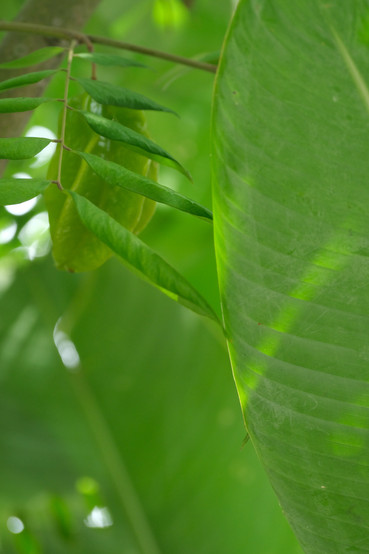











































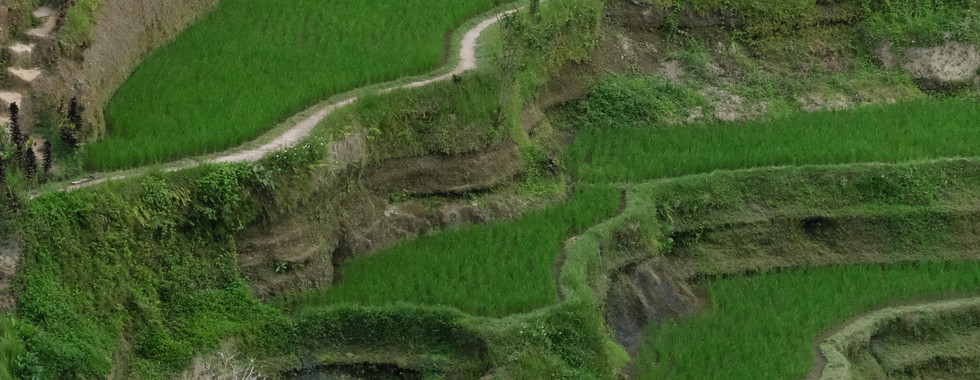





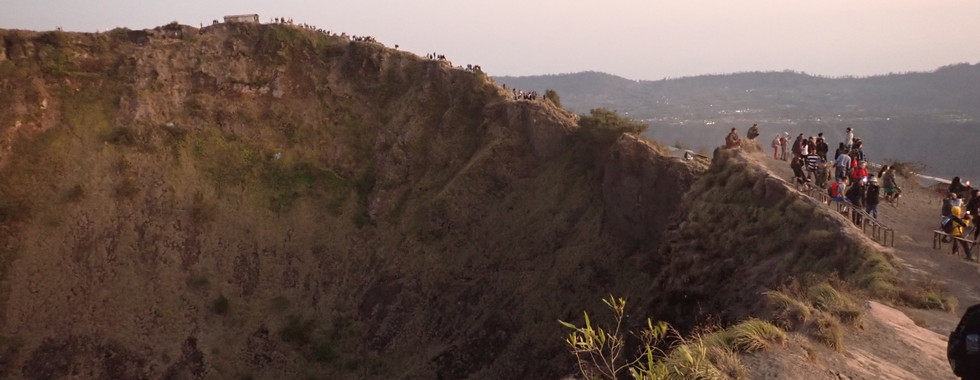







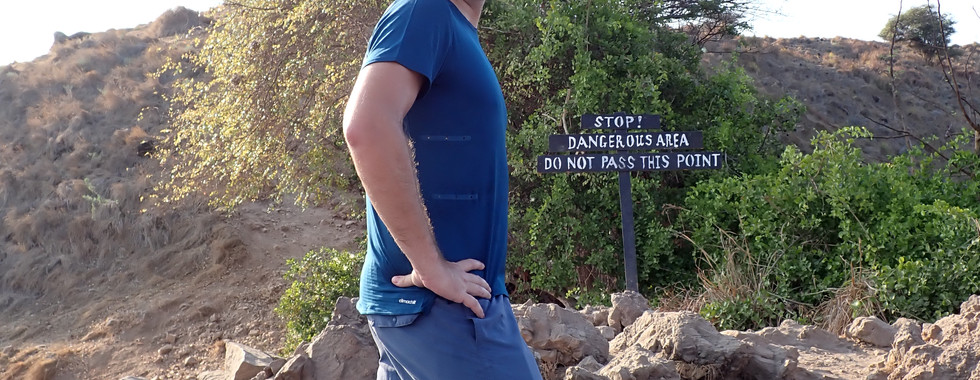

























































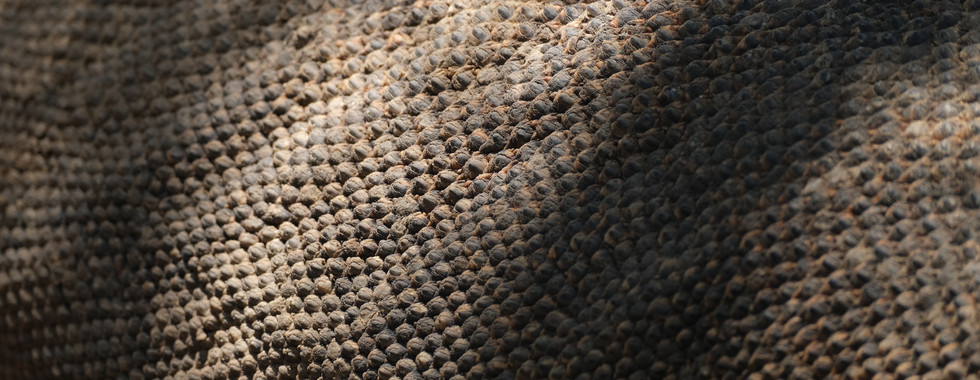



















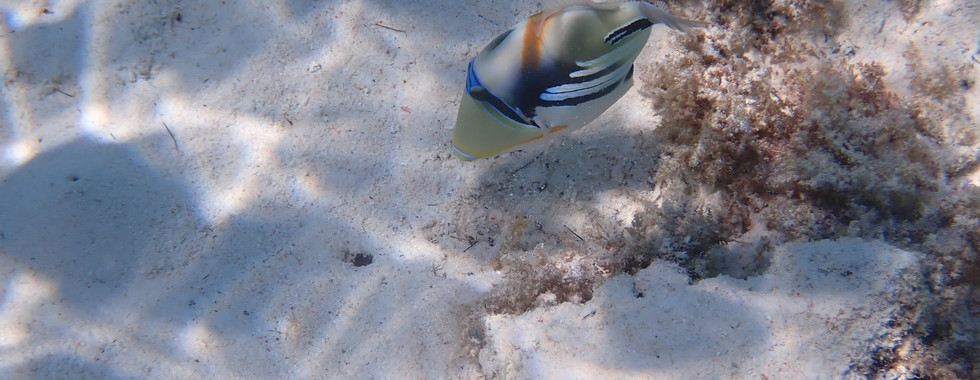





































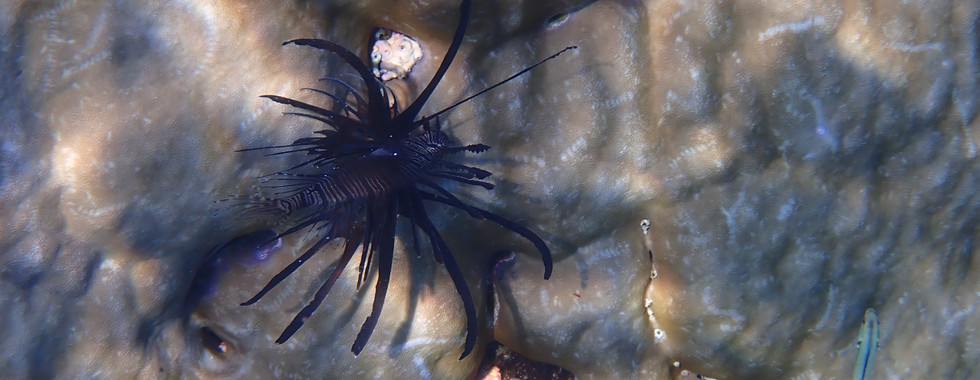

















































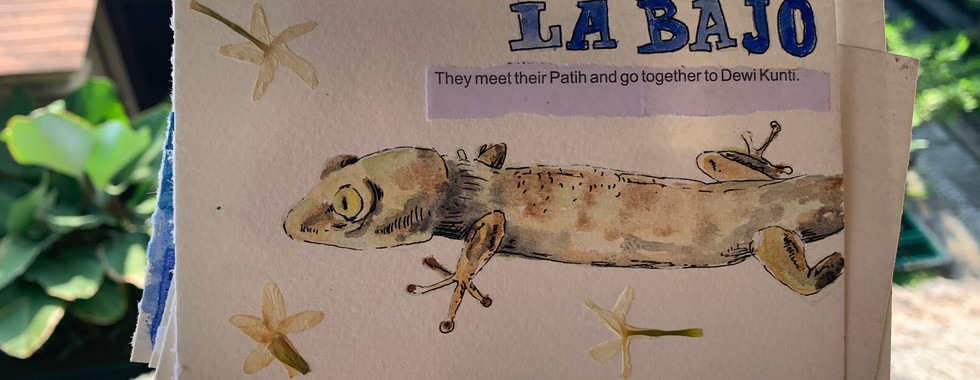























Comments